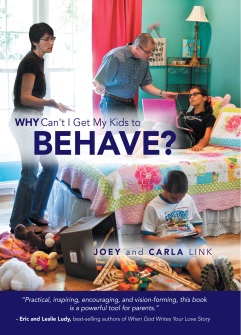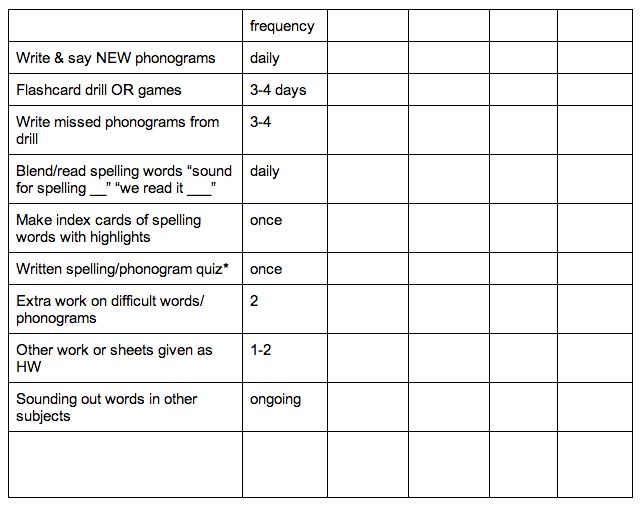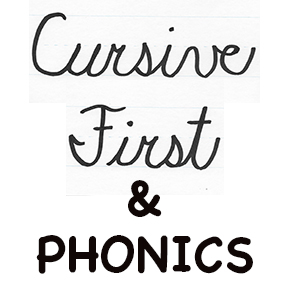We are offering computer classes for … Beyond the code 6th-12th grades. STEM classes focused on technology including digital forensics, cyber security, IoT, and Linux.

Internships with US Navy Labs – High School and College
There are two programs aimed at providing paid internships to high school and college students with the Department of Navy (D0N) through the Office of Naval Research (ONR). The first program targets high school students and is called the Science and Engineering Apprenticeship Program (SEAP). The second targets both undergraduate and graduate college students and is called Naval Research Enterprise Internship Program (NREIP). These programs are great opportunities for students to experience the types of environments and work they can expect to participate in once they graduate from college. I work for SPAWAR Atlantic for my day job and have an opportunity to interact with these interns during the Summer. This is an outstanding opportunity if your child is interested in Science, Math, Engineering, and Technology (STEM).
Here are the basic facts:
What: Paid Internships with the US Navy
Who: High School Students (age requirements…see notes below under SEAP) and College Students
When: Summer 2015 (Application deadline 12/19/2014)
Where: SPAWAR Atlantic, Charleston, SC *
*Additional locations in the following states: AZ, CO, CA, CT, DC, FL, HI, IN, MD, MS, NJ, PA, RI, TX, VA
It is my understanding that the programs try to announce the internship recipients by mid-February each year. The application is fairly comprehensive so I recommend your child get started ASAP if they are interested. Some of the information that will be required during the application process:
- Contact Information Citizenship & Demographics Program Information Education
- Awards & Honors
- Career Goals
- Academic Interests
- Research Experience Technical Skills Employment
- References
- Publicity Information
Student will also have to provide a copy of transcripts.
There’s more information about these programs and more on the American Society for Engineering Education (ASEE) web site.
High School Students
This program offers over 350 students internships for an 8 week period during the summer at one of 25 locations around the country. High school students who have completed at least Grade 9. A graduating senior is eligible to apply. Students must be 16 years of age for most laboratories. Some laboratories may take students as young as 15. The SEAP Participating Labs page for SPAWAW says that SPAWAR requires students to be at least 17 years of age, but I am told that this can be waived for some positions. I would recommend that interested students who will 16 by the Summer go ahead and apply. Please visit the SEAP web site to get details and apply for the program. The deadline to apply for Summer 2015 internships is December 19th, 2014.
College Students
NREIP provides competitive research internships to approximately 275 college students (200 undergraduate students and 75 graduate students) each year. Participating students spend ten weeks during the summer conducting research at approximately 29 DoN laboratories. Please visit the NREIP web site to get details and apply for the program. The deadline to apply for Summer 2015 internships is December 19th, 2014.

Why Can’t I Get My Kids to Behave?
 I have just finished reading the book Why Can’t I Get My Kids to Behave? authored by Joey and Carla Link. How encouraging and convicting! Do you have a PLAN for raising responsible, respectful, and obedient children whose lives are a shining example of Christ? Even with a plan, it is SO EASY to become weary! This book helps a parent to set Godly standards and lays out the steps to training obedience. Is it possible to raise obedient children? Yes. IF we do not give up in our weariness (Gal. 6:9)
I have just finished reading the book Why Can’t I Get My Kids to Behave? authored by Joey and Carla Link. How encouraging and convicting! Do you have a PLAN for raising responsible, respectful, and obedient children whose lives are a shining example of Christ? Even with a plan, it is SO EASY to become weary! This book helps a parent to set Godly standards and lays out the steps to training obedience. Is it possible to raise obedient children? Yes. IF we do not give up in our weariness (Gal. 6:9)
One clearly made point to me was about time-outs, grounding, and taking away privileges. The Links say that these parenting practices are often not effective because the child is just serving their time much like a prison sentence. I can clearly see my children just wait for the time to be up and it’s not long before they are returning to the same behaviors! This book provides answers to such a dilemma.
There are so many examples and practical applications that this book provides. It is a must read and a great addition to your Christmas list!!
The authors and their adult children are very dear friends. The fruit of their labor as parents is beautiful. I am not alone with my opinion of this book. As of today there are 43 reviews of this book on Amazon and ALL of the reviews are five stars and I haven’t even added my review yet! I encourage you to check out the Link’s website titled Parenting Made Practical.

A typical day using STEPS
What does your typical day look like using STEPS (Sequential Teaching of Explicit Phonics and Spelling)?
I was recently asked this question during a parent conference. Now here’s the context…
I have been teaching the STEPS program (similar to the SWR program) in my homeschool co-op since September 2012. We meet only once a week for 50 minutes. I have had to modify many things to fit this abbreviated schedule so no I have not followed either program as it was “designed.” Yet the results are still there!
It was during a conference that a parent stated (something to the effect of) for this program to really work, it is obvious there needs to be more work done at home than what I assign. I was then asked if I could make a checklist of the work we do in a week. I am posting the checklist here to help others also. Some of the items may need to be crossed off if you haven’t gotten to that point (like spelling words) while other items can be added.

Download a printable copy of the above chart from Google Docs
Memorizing Vs. Analyzing Spelling Words
The main difference between STEPS/SWR and other curriculum is that the child is trained to use the knowledge of the sounds and letters (called phonograms) to spell words. He learns to spell a word based on the phonograms he hears PLUS applying the spelling rules. He has to make decisions on which phonograms to use and then analyze why a word is spelled the way it is (with highlights). Most reading programs use a memorization method often with no rhyme or reason on why a word is spelled or read a certain way (and the child “brain dumps” the information after the spelling quiz!)
One of the best methods to learn spelling words is to practice “sounding them for spelling” and to blend the sounds together to “read it”. We talk about the red highlights and how they make the word sound. We discuss the spelling rules that apply to the words. I have made a short video of my 5 year old son practicing his spelling words because a picture truly is worth a thousand words!
A video of Josiah sounding for spelling and reading:
Notice that the focus is on the sounds the letters make rather than the letter names. When you are trying to read and spell a word, knowing the sounds to automatic is a must because most letters (consonants) do not say their name. For example, the letter B never says “b” in a word! So rather than focusing on spelling “bed” by saying the letter names b-e-d, the child should focus instead on the sounds /b/-/e/-/d/. When a child can spell “bed” rest assured he can read it also!
- « Previous Page
- 1
- 2
- 3
- 4
- …
- 13
- Next Page »


